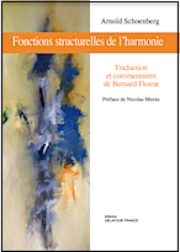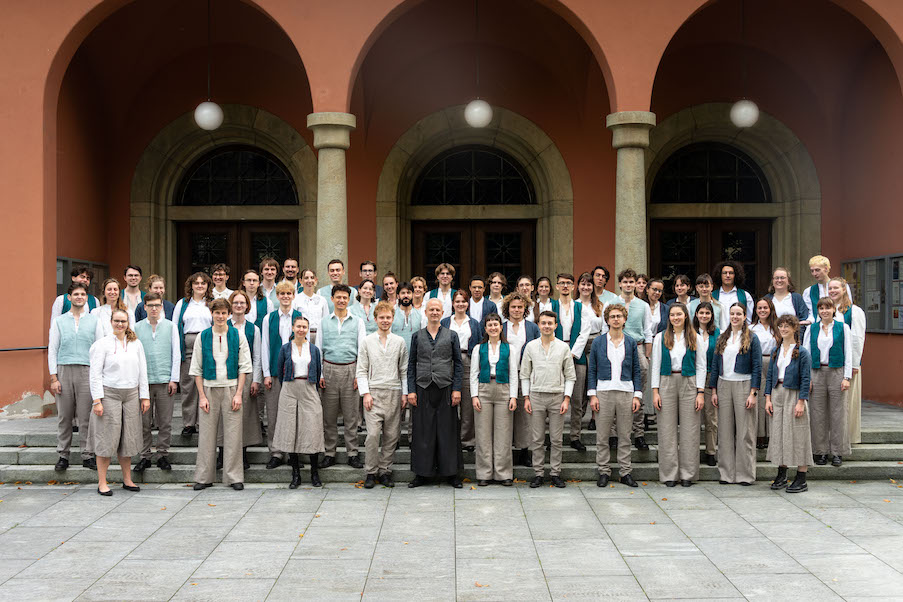Around Schoenberg
Three recently published works provide a deeper insight into the thought and work of Arnold Schoenberg.
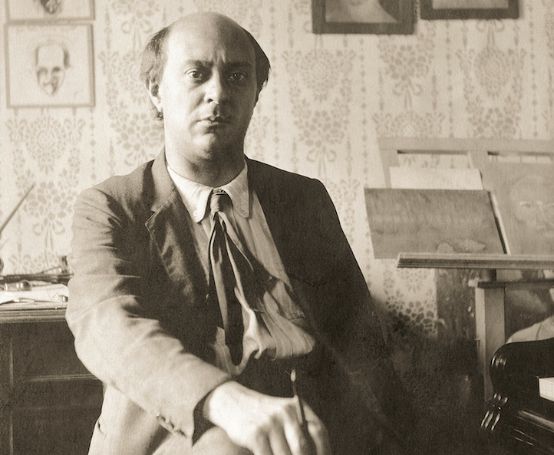
Composed in a relatively short space of time, the Five pieces for orchestra by Schoenberg bear witness to their author's rapid evolution during this period. With concision, they represent different feelings experienced simultaneously, in an expressionist climate. Although the first two pieces are tinged with a reminiscence of D minor, the harmonies are freed from the shackles of functional tonality, while the cursor distinguishing consonance and dissonance shifts, and form is liberated to give way to the "unconscious power of musical logic". In a monograph, Alain Poirier analyzes Op. 16 with precision and clarity, while remaining accessible, presenting it in its historical context, deciphering its characteristics (language, orchestration, motivic development, etc.) and its stylistic kinships (Mahler, Richard Strauss).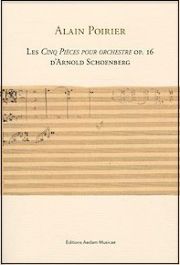
Another great connoisseur of Schoenberg's music, the prolific German musicologist Carl Dahlhaus, has dedicated 28 texts to him, published in their entirety by Contrechamps in chronological order, in which he rigorously dismantles false arguments, questions commonplaces and reflects in depth on themes such as musical prose, the fluctuating notion of idea, the origins and consequences of the emancipation of dissonance, the aesthetics of sound structures and their logical musical unfolding, and how the use of extended tonality is naturally explained in his late works; There are also analyses of works (including the Variations op. 31) and responses to polemics. With a critical detachment that allows him to argue freely and perceptively both about the often ambiguous assertions of the man he described as a "revolutionary traditionalist", and about the assertions, justified or not, of his detractors or of sometimes over-eager disciples appropriating his thought for their own ends, Dahlhaus underlines the Viennese's pre-eminent role in the musical consciousness of the 20th century.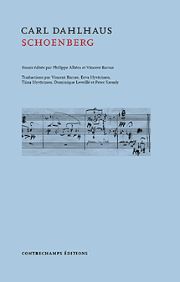
Written in the evening of Schoenberg's life and published posthumously, the Structural functions of harmony summarize and complete his Treatise on harmonywritten over a third of a century earlier. The fruit of half a century of teaching, this work bears witness to the evolution of his harmonic thinking, in which the notion of modulation is replaced by that of regions, within the framework of a unified concept of monotonality. The most important chapter looks at the compositional use that can be made of certain harmonic progressions. With over 170 examples, most of them from the 19th century (especially Beethoven, Brahms, Schubert and Wagner), the music itself plays a major role in this book, which is designed for both self-study and teaching. The translation is complemented by numerous useful notes and appendices.
Alain Poirier: Les cinq pièces pour orchestre op. 16 d'Arnold Schoenberg, 184 p., € 19.00, Editions Aedam Musicae, Château-Gontier 2016, ISBN 978-2-919046-39-3
Carl Dahlhaus: Schoenberg. Essays edited by Vincent Barras and Philippe Albèra, New revised edition, 352 p., Fr. 28.00, Editions Contrechamps, Geneva 2017, ISBN 978-2-940068-51-7
Arnold Schoenberg: Fonctions structurelles de l'harmonie - Un supplément au Traité d'harmonie, Revised edition, 260 p., € 29.00, Editions Delatour France, Sampzon 2017, 978-2-75210-289-8






